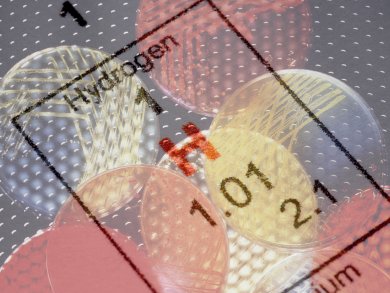Bruce Logan and Younggy Kim, Penn State University, USA, have created a hydrogen fuel cell that does not require electrical input and simultaneously degrades organic matter in wastewater. The cell combines reverse-electrodialysis (RED) and exoelectrogenic bacteria. RED harnesses the energy available from the salinity difference between river water and seawater, while the bacteria consume organic material and produce an electric current. Separately, neither produces enough electricity to hydrolyze water to H2.
The new cells needed only 1 % of the energy produced in the cell to pump water through the system. They were 58 – 64 % efficient and produced 0.8 – 1.6 m3 of H2 per m3 of anolyte per day. This could be an inexhaustible source of H2 as it only requires seawater, river water, and biodegradable organic matter, all of which are virtually limitless.
- Hydrogen production from inexhaustible supplies of fresh and salt water using microbial reverse-electrodialysis electrolysis cells
Y. Kim, B. E. Logan,
Proc. Natl. Acad. Sci. 2011.
DOI: 10.1073/pnas.1106335108




